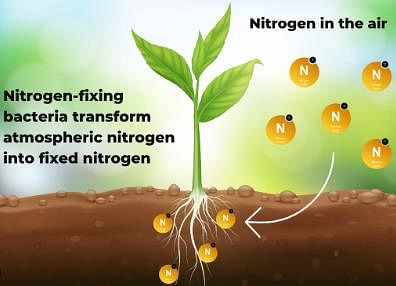Test: Microbes in Human Welfare - 1 - NEET MCQ
25 Questions MCQ Test Biology Class 12 - Test: Microbes in Human Welfare - 1
Micro-organisms that grow in milk and convert it to curd are commonly called _________.
Ethanol is commercially produced through a particular species of _________.
| 1 Crore+ students have signed up on EduRev. Have you? Download the App |
The puffed-up appearance of dough is due to production of?
Which of the following bacterium produces butyric acid?
The most common fungal partners of mycorrhiza are _________ species.
What do we collectively call the biogas producing bacteria?
On which of the following factors does the type of gas produced depend?
First organic acid produced by microbial fermentation is _________.
Which of the following crops has been developed by genetic engineering in India?
Which of the following is mainly produced by the activity of anaerobic bacteria on sewage?
Secondary treatment of sewage is also called _________.
Which of the following is an aerobic nitrogen-fixing bacterium?
The common nitrogen-fixer in paddy fields is _________.
The most important of the symbiotic nitrogen-fixing bacteria which forms nodules on the roots of legume plants is _________.
Assertion: Biofertilizers are organisms that enrich the nutrient quality of the soil.
Reason: Organic farming is the farming technique in which no chemical is used as fertilizers or insecticides.
BOD of waste water is estimated by measuring the amount of:
Select the correct statement from the following
In which of the following microbes are not used extensively?
I. Converting milk into curd.
II. Making cheese of different flavour and taste.
III. Production of anti-viral drugs.
IV. Production of antibiotics.
V. As bio-fertilizers.
VI. Production of inorganic fertilizers.
The free-living fungus Trichoderma can be used for:
|
87 videos|294 docs|185 tests
|


















